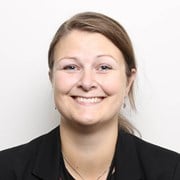Publications
Contact person
Publications
SINTEF Publications includes:
- Journal articles
- Papers
- Books
- Articles from books or conference proceedings
- Research reports
- Presentations, posters and media contributions
Full-text documents
Many of the publications can be downloaded as full-text documents. In this case there is a red link marked "Download".
Reference tool
You can utilize the "SINTEF Publications" database for research purposes. Click on the link "View reference" and transfer your references to EndNote / Reference Manager or to the clipboard for further processing.
How to obtain publications from SINTEF research activities
Not all registered publications are available for downloading. The references provide information about where they are published. Using baseline data makes it easy to track down the article in a library and order it there. Other publications are for sale and can be ordered by contacting SINTEF.
Search
There are two entrances to the Publications:
Employee search: If you want publications from a particular author, the easiest way is to search the employee in the search field and then select the link "Show publications".
Publication search: You can use one or several search terms. Avoid words such as "and", "on" and "in". If a search term (topic) yields few or no results, you can try other terms to describe the same subject. The publications search also lets you search by using the authors' name, and possibly combine the name with the subject. The authors name is written straight forward, without commas, and last name is often sufficient.
You will find all SINTEF publications sorted by year here.
Are you looking for research reports? View and search for all SINTEF reserach reports here.
